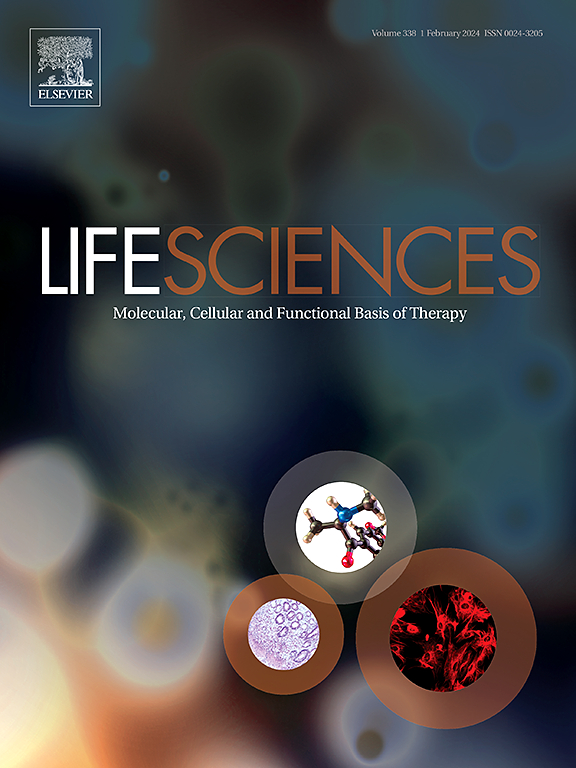Activation of megakaryocytic leukemia 1 in endothelial cells contributes to diabetic retinopathy in mice
IF 5.2
2区 医学
Q1 MEDICINE, RESEARCH & EXPERIMENTAL
引用次数: 0
Abstract
Aims
Diabetic retinopathy (DR) represents one of the most devastating sequences in patients with diabetes. Endothelial dysfunction is a key pathological feature of and contributing factor to DR. In the present study we investigated the role of megakaryocytic leukemia 1 (MKL1) in DR pathogenesis.
Methods and materials
DR was induced in mice by feeding with a high-fat diet (HFD). The Mkl1-Rosa26-KI mice were crossed to the Cdh5-CreERT2 mice to generate endothelial-specific MKL1 knock-in mice (MKL1EC-KI).
Key findings
In cultured human primary retinal endothelial cells exposure to high glucose promoted nuclear translocation of MKL1 without altering its mRNA or protein expression. MKL1 knockdown ameliorated whereas MKL1 over-expression exacerbated high glucose induced impairment of endothelial barrier function. Compared to wild type littermates, MKL1EC-KI mice fed on HFD displayed worsened insulin resistance and accelerated DR pathogenesis. Consistently, administration of an MKL1 inhibitor CCG-1423 protected the mice from HFD feeding induced metabolic disorders and DR pathogenesis.
Significance
Our data demonstrate that MKL1 may contribute to diabetic retinopathy by regulating endothelial behavior. Targeting MKL1 with small-molecule inhibitors can be considered as a therapeutic solution for the treatment of diabetic retinopathy.
求助全文
约1分钟内获得全文
求助全文
来源期刊

Life sciences
医学-药学
CiteScore
12.20
自引率
1.60%
发文量
841
审稿时长
6 months
期刊介绍:
Life Sciences is an international journal publishing articles that emphasize the molecular, cellular, and functional basis of therapy. The journal emphasizes the understanding of mechanism that is relevant to all aspects of human disease and translation to patients. All articles are rigorously reviewed.
The Journal favors publication of full-length papers where modern scientific technologies are used to explain molecular, cellular and physiological mechanisms. Articles that merely report observations are rarely accepted. Recommendations from the Declaration of Helsinki or NIH guidelines for care and use of laboratory animals must be adhered to. Articles should be written at a level accessible to readers who are non-specialists in the topic of the article themselves, but who are interested in the research. The Journal welcomes reviews on topics of wide interest to investigators in the life sciences. We particularly encourage submission of brief, focused reviews containing high-quality artwork and require the use of mechanistic summary diagrams.
 求助内容:
求助内容: 应助结果提醒方式:
应助结果提醒方式:


